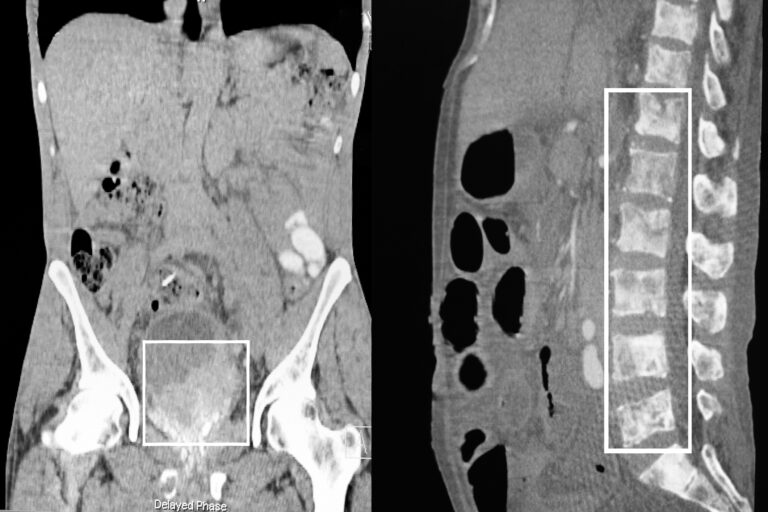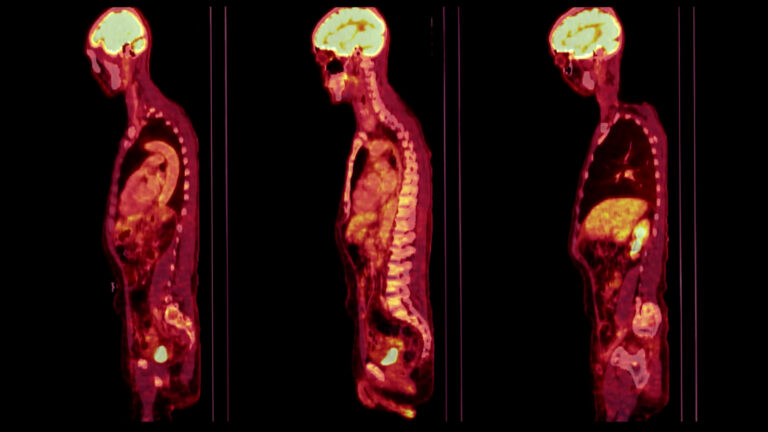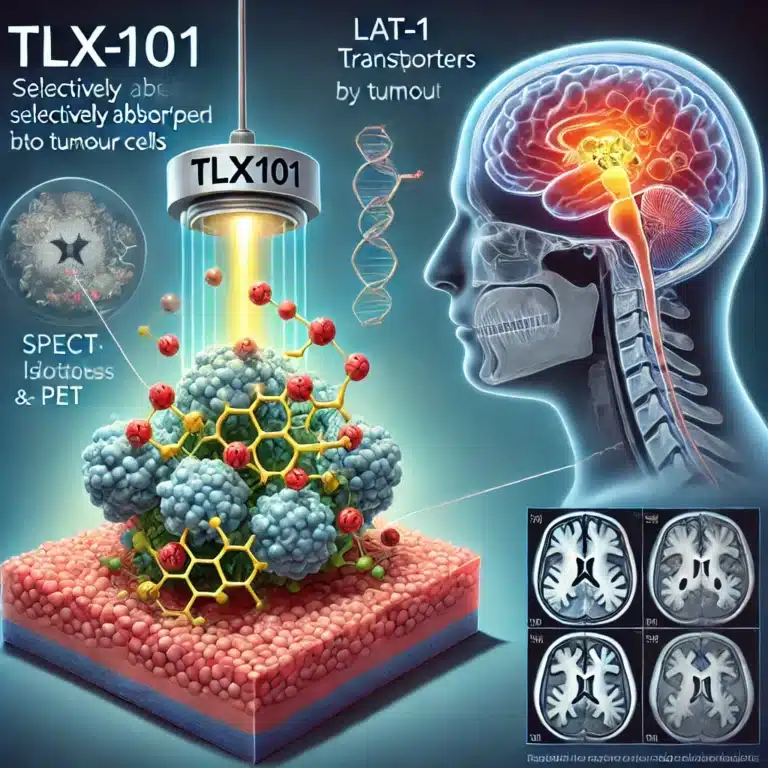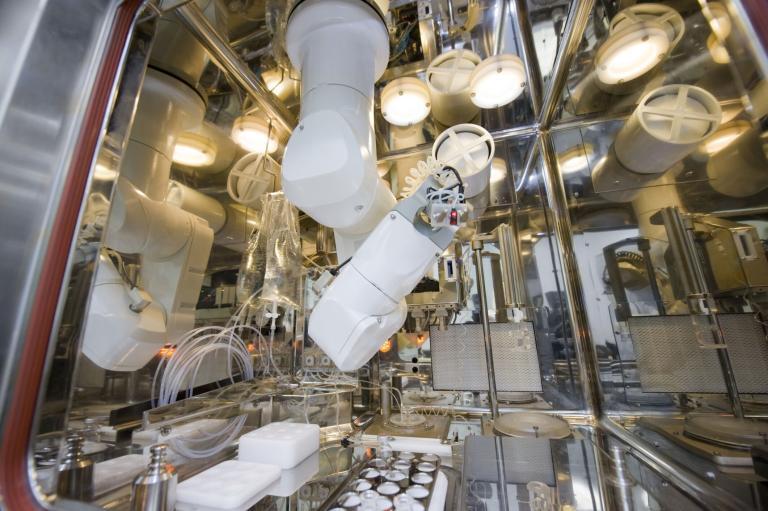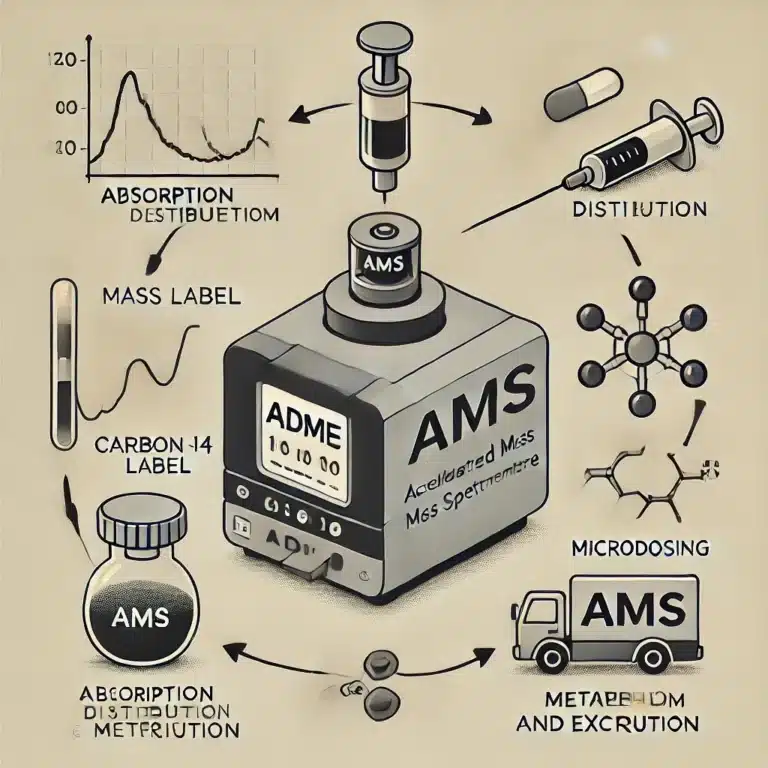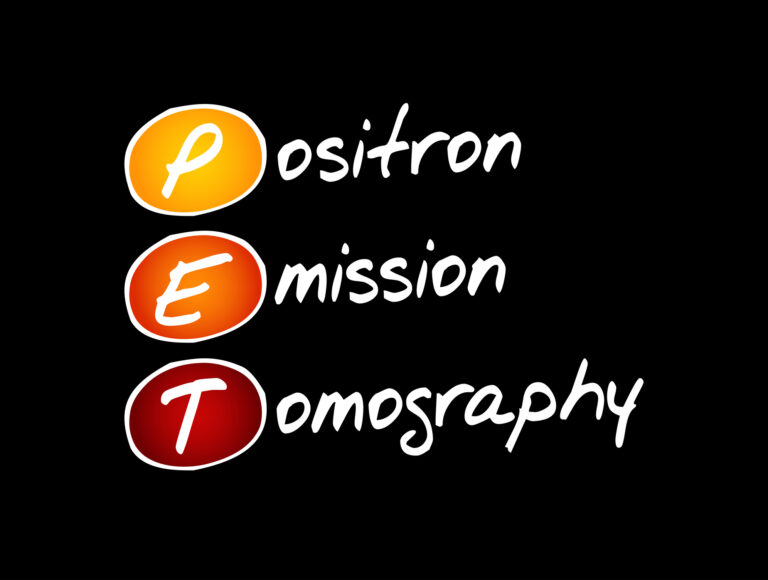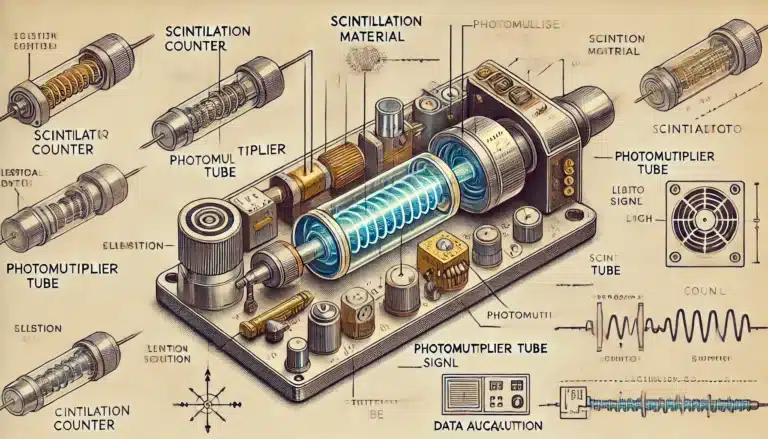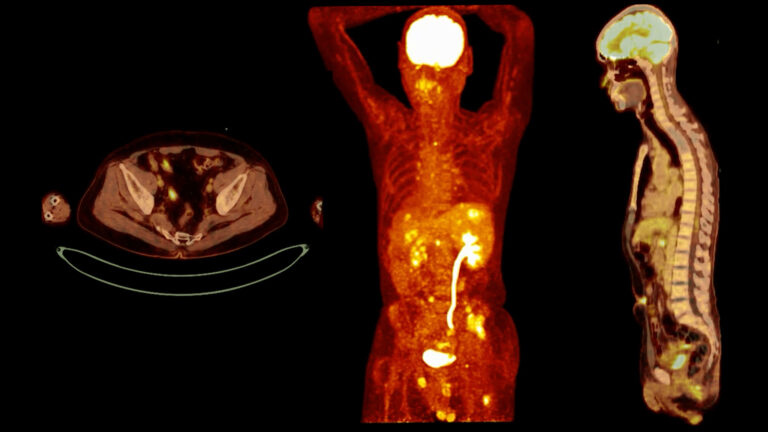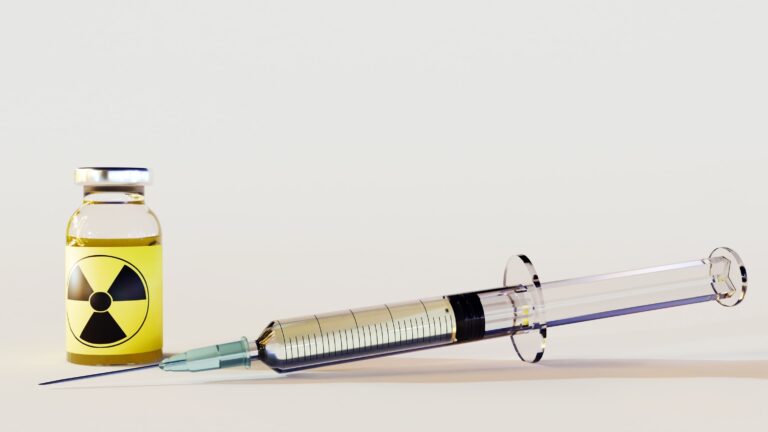PET Radiotracer
Positron emission tomography (PET) is a non-invasive nuclear imaging technique that has revolutionised the field of medical diagnostics. The PET radiotracer, a radioactive compound designed to target specific biological processes, is at the heart of this technology. Over the past few decades, numerous radiotracers have been developed to study various aspects of human physiology and pathology, leading to significant advances in the understanding, diagnosing, and treating of various diseases.
Radiotracers have two main components: a radioactive isotope, typically a positron-emitting radionuclide, and a biologically active molecule that can target specific cells or biochemical pathways. The radioactive isotope allows for the detection of the radiotracer within the body using PET imaging, while the biologically active molecule ensures that the radiotracer accumulates in the desired tissue or organ.
One of the most widely used PET radiotracers is 18F-fluorodeoxyglucose (18F-FDG), employed in assessing glucose metabolism. 18F-FDG is a glucose analogue that cells take up through glucose transporters and is subsequently phosphorylated by hexokinase. This process traps the radiotracer within the cells, allowing for the visualisation of areas with high metabolic activity, such as tumours or sites of inflammation.
The development of novel PET radiotracers has expanded PET imaging’s applications beyond oncology. For instance, radiotracers targeting amyloid plaques and tau proteins have been developed to investigate neurodegenerative diseases, such as Alzheimer’s disease. These radiotracers can help researchers understand the pathological mechanisms of these diseases and aid in developing novel therapeutics.
Another exciting area of radiotracer research involves the development of radiotracers for imaging immune cells, particularly in the context of cancer immunotherapy. PET radiotracers targeting immune checkpoints, such as programmed cell death protein 1 (PD-1) and its ligand (PD-L1), have been developed to assess the response to immunotherapies and predict the prognosis of cancer patients.
Despite the significant advancements in PET radiotracer development, several challenges still need to be addressed. First, synthesising radiotracers can be complex and time-consuming, limiting their availability for clinical use. Second, the short half-lives of many positron-emitting radionuclides require that radiotracers be produced close to the imaging site. Finally, the high cost of PET imaging can limit its accessibility for patients and researchers.
You are here:
home » PET radiotracer

